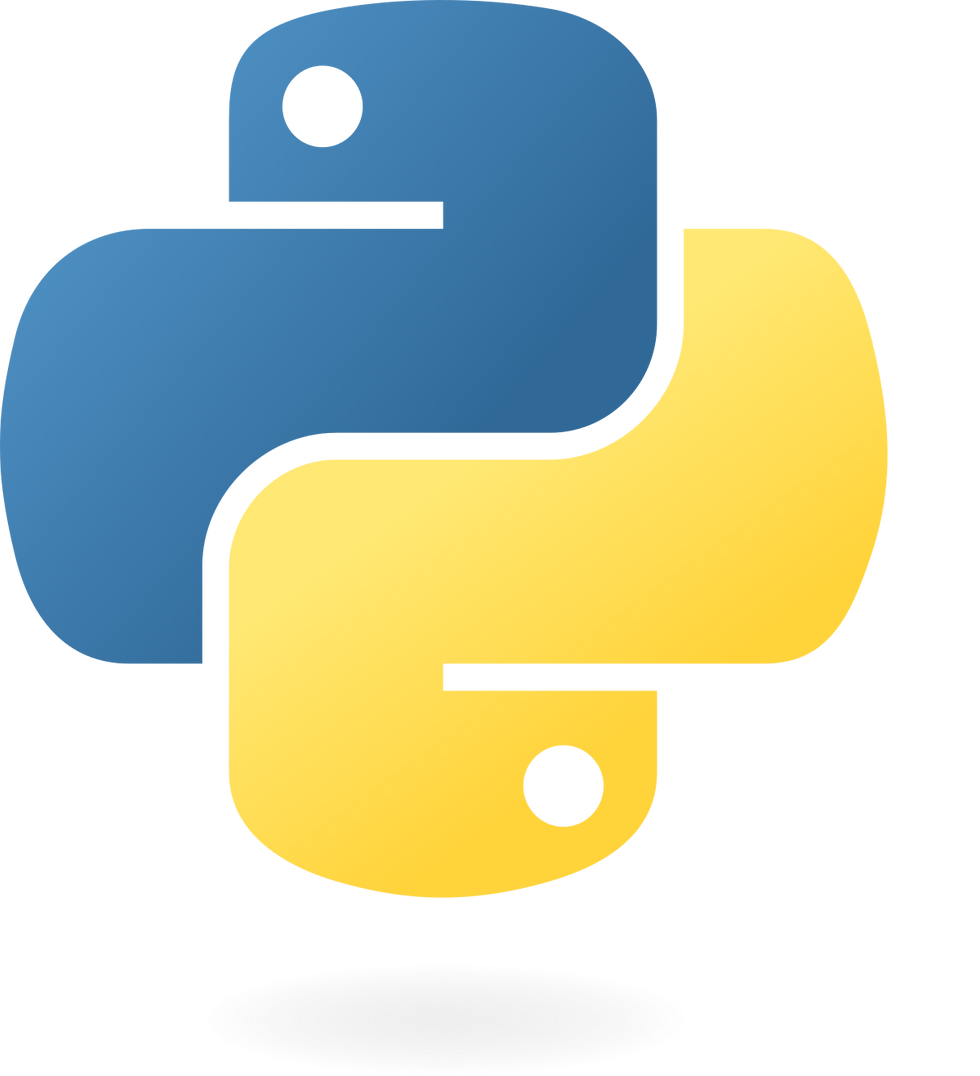A Bad Idea for Product Mgmt.
- Rick Pollick

- Apr 7
- 6 min read
Why Using Two Separate Tools for Product and Engineering is a Bad Idea (And Will Drive You Crazy)

We’ve all seen it. A product team falls in love with a beautiful product management tool—maybe it’s Aha!, Productboard, or some custom-built roadmap tracker. Meanwhile, engineering lives in Jira, Azure DevOps, or Linear, happily plugging away at user stories and sprint burndowns. The solution? Sync them! Connect the two systems with an integration and everything will be perfect, right?
Nope. That’s where the problems start. And if you’re considering doing this—or worse, already doing it—you might want to read this before spending the next six months playing whack-a-mole with sync issues, conflicting updates, and stakeholder confusion.
Let’s dig into why this “two tools, one dream” approach usually turns into a nightmare.
Syncing Isn’t Seamless—It’s a Time Sink
Let’s be honest: no sync is perfect. Even with robust integrations (like those from Unito, Zapier, or Aha!’s Jira Integration), you’re introducing a translation layer between two different mental models.
For example, Aha! might use “Epics” and “Features” with T-shirt sizing and value scores. Jira might use “Epics,” “Stories,” and “Tasks” with story points and labels. What maps to what? Is a "feature" a story? An epic? Something else entirely?
You’ll waste hours mapping field A to field B, writing automation rules, and debugging what went wrong when a field doesn't sync.
And heaven help you if one side updates the workflow. All your sync logic just broke. Congrats, now you're an accidental systems integrator.
Context Gets Lost in Translation
Product management is about why. Engineering is about how. When the two are split across tools, that context—the strategic reasoning behind a feature—often gets dropped.
Sure, you can sync a description or link a record. But if engineers have to dig through a different system just to understand why they’re building something, they won’t. It’s not laziness—it’s reality. Engineers are busy, and flipping between tools kills flow.
Same goes for PMs. If product managers don’t have visibility into day-to-day engineering progress without logging into a foreign system, their roadmaps quickly go stale or inaccurate.
And don’t even get me started on when both teams start commenting on different systems. Who saw what? Which comment is the latest? Chaos.
Data Diverges Over Time
When you have two tools, you now have two sources of truth. One will always be slightly out of date.
That’s because syncing is never real-time across all fields, and not everything is mapped. Even if your systems sync basic fields like titles, descriptions, and statuses, you’ve probably got dozens of unmapped custom fields, tags, or attachments.
The product board says a feature is 50% complete. The engineering tracker says it hasn’t even started. Which is true? Depends who you ask—and which tool they’re looking at.
This creates unnecessary meetings just to reconcile data, and it erodes trust between teams.
Planning & Estimation Get Out of Sync Fast
One of the most painful consequences of using two separate tools is how estimates and planning data can completely fall apart over time. This isn’t just a data integrity issue—it can derail entire roadmaps, blow up stakeholder trust, and lead to bad decisions.
Here’s why it happens:
Different Estimation Models
Product managers might plan work in T-shirt sizes (S/M/L/XL) or use rough effort/value matrices to prioritize initiatives. Meanwhile, engineering is working in story points, time estimates, or even cycle time metrics.
Trying to map between these estimation models is like converting miles to kilograms—technically doable, but conceptually mismatched.
Even worse, when synced tools try to convert these automatically (e.g., "M" = 8 points?), it creates confusion. What if the engineer thinks it’s 13 points? Who wins? And what if the product side reprioritizes without re-estimating? Now you’re dealing with outdated plans.
Roadmaps Say One Thing, Reality Says Another
In the product tool, everything looks beautiful. Milestones are perfectly laid out, dependencies are noted, and there's a feature timeline that shows completion by Q2. But engineering just uncovered a blocker. Or a technical debt item just exploded in size.
If these aren’t fed back into the product tool—quickly and accurately—you end up with a fantasy roadmap.
And because stakeholders usually look at the product tool for planning, they’re getting a version of the truth that’s been sanitized or delayed. This leads to bad bets, misallocated resources, and frustrating “why didn’t we know this sooner?” moments.
Metrics Drift Between Systems
Velocity, throughput, and capacity planning often live in the engineering tool. If your product tool sync doesn’t account for this, it will keep forecasting based on outdated or idealized timelines.
So you might end up planning 20 features for a quarter, even though engineering has the capacity for 8. Oops.
Some tools try to solve this with bidirectional syncing or embedded reporting (e.g., Aha!’s capacity planning), but unless both teams use it religiously, the numbers get skewed fast.
Summary of Pain Points
Issue | Product Tool | Engineering Tool |
Estimation Model | T-shirt size, value | Story points, time |
Forecasting Basis | Priority, customer need | Velocity, capacity |
Planning View | Roadmap & themes | Sprints & tickets |
Update Frequency | Periodic | Daily |
Risk of Drift | High | High |
Moral of the story: When planning and estimation live in two separate tools, they evolve independently. Unless your sync is airtight and your team is hyper-disciplined, they will diverge—and someone will end up making decisions based on outdated or misleading data.
Shared visibility isn’t a “nice-to-have.” It’s the difference between delivering what you promised… and explaining why you didn’t.
Duplication = More Room for Error
One of the worst things about syncing tools is duplication. You end up with multiple records representing the same work. A feature in the product tool gets synced to Jira as an epic, which has linked stories, which might be back-synced… and suddenly, nobody knows where the real work lives.
It also invites process debt. Want to rename a version? You need to do it in two places. Need to deprecate a feature? Better hope nobody adds it back in the other tool. Every manual step is a chance for misalignment.
Tool Sprawl Hurts Culture
When product and engineering are in separate systems, you reinforce silos—both in tooling and in mindset.
Great teams share ownership. That’s hard to do when your product manager is living in a completely different ecosystem. It becomes “us vs. them” instead of one cross-functional team solving problems together.
The best-performing teams I’ve worked with use a shared tool—even if it’s not perfect for either discipline. Why? Because the benefits of shared context, collaboration, and transparency outweigh the minor inconveniences of field naming or feature differences.
Vendor Lock-In & Admin Overhead
Running two systems doubles your admin cost—licensing, SSO setup, permissions management, training, onboarding, audit tracking, etc.
Worse, you're now locked into two vendors. If you want to change one tool, it might break the sync and force a reconsideration of both.
The more deeply you customize each system, the harder it becomes to change later. You end up investing more in workarounds than in actual product development.
What to Do Instead
I’m not saying every team must live in Jira. But I am saying that trying to keep two tools in perfect sync is a fool’s errand. Instead:
Pick one system of record for day-to-day product and engineering work. Use the other as a high-level communication layer (e.g., reporting, roadmapping).
If you must use two tools, minimize the number of synced fields and don’t try to make them identical.
Align your workflows and language before implementing a sync. Don’t let the tools define your process—define the process first.
Educate your team on how to use a shared view (e.g., dashboards or embedded reports) instead of jumping between tools.
TL;DR
Using one tool for product and another for engineering—and trying to sync them—is like trying to play telephone across a canyon. You’ll end up with mistranslations, duplicated effort, lost context, and frustrated teams.
Using two separate tools for product and engineering can make sense in rare cases—usually when the teams are operating at very different altitudes or levels of abstraction. For example, if the product team is focused on high-level strategy, portfolio planning, and customer engagement across multiple business units, while engineering needs a deeply customized tool for sprint execution, technical workflows, or compliance-heavy delivery, separating the tools with minimal, one-way syncs (e.g., pushing high-level initiatives into engineering as read-only context) might work. But even then, it only succeeds with tight process alignment, crystal-clear roles, and a strong shared understanding of how the data flows.
Instead, prioritize shared context over tool preference. The best teams I’ve worked with don’t care if it’s Jira, ClickUp, or Notion—as long as they’re all in the same place, working together.
References:
Aha! Jira Integration
Zapier for PM and Dev Tools
Stop Duplicating Work Across Tools (Atlassian)









